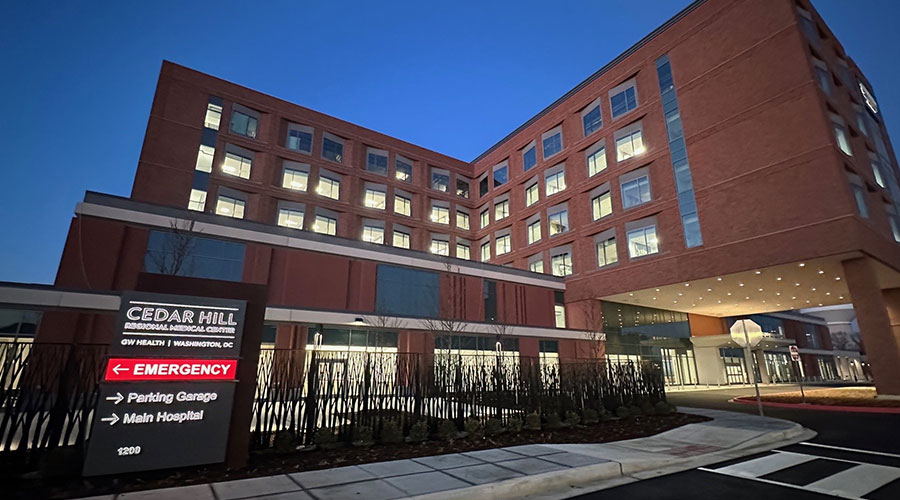Florence Nightingale can be credited with one of the first accounts describing the effect of hospital cleaning on patient outcomes. Taking on senior doctors and the War Office, she reduced the death rate from cholera, typhus, and dysentery from 42 percent to only 2 percent in a Crimean hospital in the 1850s. She did this by organizing a laundry service, cleaning equipment, structural repair of wards and hospital cleaning.
She also imposed her own views about general and personal hygiene on her team of nurses. Her writings regarding such issues are as relevant today as they were over a century ago. She fully realized (unlike many doctors at the time) that dirt could be fatal to health. She had the floors of the hospital scrubbed, ‘…for the first time anyone could remember.’
Now, of course, it is known that floors provide a huge reservoir of bacteria which can be cultured, identified, and assessed for pathogenic risk. Florence Nightingale did not have the benefit of current knowledge regarding microbiology, and control of infection. Indeed, at that time, the significance of microorganisms was still unconfirmed and certainly no one was aware of the link between microscopic creatures and the infections they inflicted on humans.
She utilized experience and common sense and a certain forcefulness of character. One wonders how she would have fared with the CEO of today’s healthcare systems. Sadly, 170 years later, there is still little evidence regarding the link between cleaning and healthcare acquired infections. What impact does thorough cleaning have on infection control?
Let’s explore, cleaning through the lens of Nurse Nightingale by using experience and common sense to take a look at some terms for processing patient-care areas and equipment:
Hygienic Cleaning: Refers to any process intended to reduce the numbers of pathogens on surfaces to an acceptable safety target level which makes it fit for purpose, and “Hygienically clean.” The term “processing” and “hygienic cleaning” can be used interchangeably.
Fitness For Purpose: If hygiene procedures are to be effective, a determination needs to be done regarding not only product efficacy, but more importantly, whether the process results in what we want to achieve — namely hands and environmental surfaces which are hygienically clean (fit for purpose), as sufficient to break the chain of infection transmission.
Hygienically Clean: The state of a surface after hygienic cleaning or processing.
Hygienic cleaning and processing includes four sequential steps:
-
Process the surface with a pH neutral, general purpose cleaning product and micro-denier cleaning cloth that is able to be laundered according to CDC guidelines for processing patient linens.
-
Apply hospital-approved disinfectant with micro-denier microfiber cleaning products and allow the disinfectant to air-dry for 60 to 90 seconds.
-
Rinse with clear water and wipe dry with micro-denier microfiber cleaning products.
-
It needs to be made clear that, in hygiene practice, a surface can only be judged to be “safe” if it has been subjected to a validated hygiene process which has been carried out in the prescribed manner (Steps 1-3).
It is important to achieve even and thorough coverage of a surface to result in even and complete hygienic cleaning. Multiple studies have shown that 10 percent to 50 percent of the surfaces in patient rooms are contaminated with C difficile, MRSA or VRE. A lack of thoroughness of hygienically cleaning contaminated surfaces in patient rooms has been linked to an overall 120 percent increased risk of infection to the next occupant in that room.
Like antibiotic prescribing, nobody will ever be able to ensure total compliance with hand washing, but a high standard of cleaning is achievable.
Keeping hospitals and other healthcare facilities clean is a crucial patient safety issue. There is now enough evidence to demonstrate that maintaining the hygiene of the hospital environment helps prevent infections. Preventing healthcare acquired infections saves lives and the bottom line.
J. Darrel Hicks, B.A., MESRE, CHESP, Certificate of Mastery in Infection Prevention, is the past president of the Healthcare Surfaces Institute. Hicks is nationally recognized as a subject matter expert in infection prevention and control as it relates to cleaning. He is the owner/principal of Safe, Clean and Disinfected. His enterprise specializes in B2B consulting, webinar presentations, seminars and facility consulting services related to cleaning and disinfection. He can be reached at darrel@darrelhicks.com, or you can learn more at www.darrelhicks.com.

 Design Plays a Role in the Future of Healthcare
Design Plays a Role in the Future of Healthcare Cedar Hill Regional Medical Center GW Health Officially Opens
Cedar Hill Regional Medical Center GW Health Officially Opens Designing Healthcare Facilities for Pediatric and Geriatric Populations
Designing Healthcare Facilities for Pediatric and Geriatric Populations Kaiser Permanente Announces New Hospital Tower at Sunnyside Medical Center
Kaiser Permanente Announces New Hospital Tower at Sunnyside Medical Center Building Disaster Resilience Through Collaboration
Building Disaster Resilience Through Collaboration